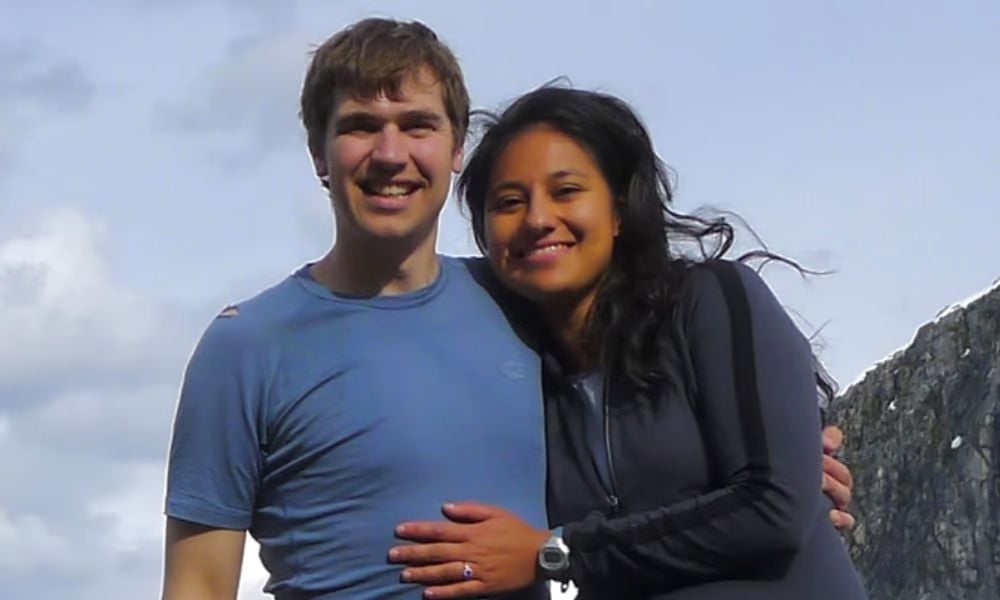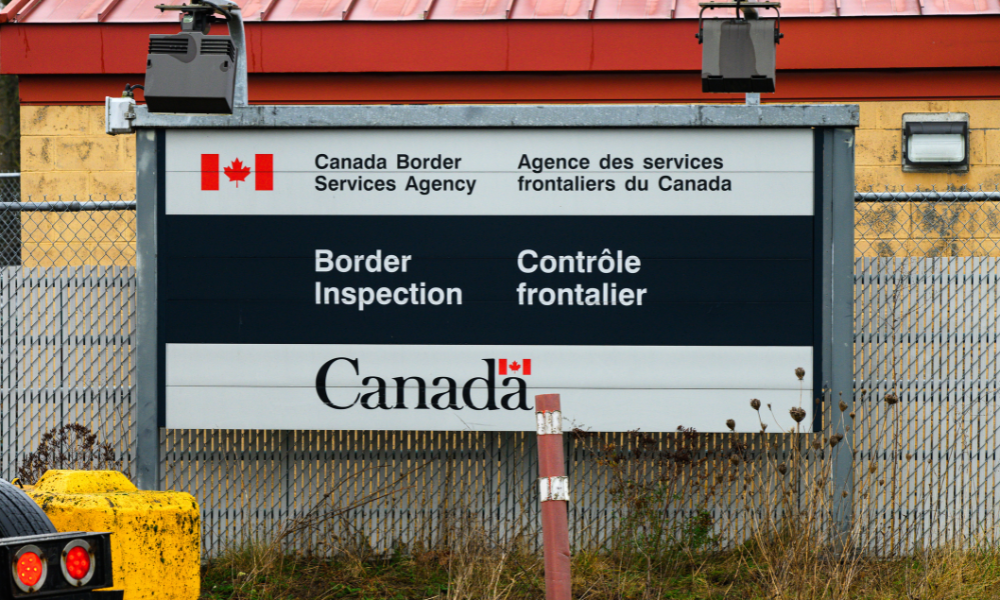'Not much of a problem...that's the part that drives me completely mad,' says widower

Maya Bhatia’s body remains somewhere on the Jakeman Glacier. Her family still waits for answers. And Canada’s major institutions remain unwilling to take responsibility for bringing her home — or preventing the next tragedy.
“They’re saying, ‘well, nobody’s responsible,’ and ‘by the way, there’s not really much of a problem,’” says Benjamin Gready, Bhatia’s widower, and a glaciologist himself. “That’s the part that drives me completely mad.”
Despite the high-risk nature of Arctic field research, no single entity in Canada takes full responsibility when something goes wrong. Nearly two years after Bhatia was swept away by a glacial stream on the Jakeman Glacier, no institution — not her employer, the University of Alberta, the Workers’ Safety and Compensation Commission, the Royal Canadian Mounted Police, nor the Polar Continental Shelf Program — has accepted clear responsibility for safety oversight, investigation, or recovery. What remains is a fragmented system in which each organization points to another, leaving families without closure and researchers without a reliable safety net.
The search that hasn’t happened
Since Bhatia’s disappearance, no formal recovery mission has been launched — and no agency has committed to leading one. The University of Alberta stated it “advocated for a search and recovery mission with the Canadian Coast Guard,” but it isn’t the authority to ask.
“The incident of August 16, 2023, at Jakeman Glacier was not a maritime incident on a waterway of federal jurisdiction,” wrote Canadian Coast Guard spokesperson Jeremy Hennessy.
“In Nunavut, once a search and rescue operation is suspended, body recovery efforts are led by the Royal Canadian Mounted Police, along with the Office of the Chief Coroner for Nunavut.”
The RCMP, now the lead agency on the file, confirms there are no current plans for recovery. Superintendent Kent Pike, who oversees policing in Nunavut, says the terrain and unknown body location make the operation too dangerous.
“We’re not about to endanger anyone else in terms of a recovery operation,” Pike said. “Especially a recovery operation where we still don’t know the location of her body.”
He added:
“It was described to us as like a needle in a haystack. Even if you could see her, it would still be high-risk to recover her.”
Pike said the file remains open and will be assessed periodically because “sometimes things change, the glacier can change, circumstances can change.” But right now, there is no coordinated plan for future search activity.
A regulator that doesn’t investigate
While federal and territorial agencies defer responsibility for recovery, the Workers’ Safety and Compensation Commission (WSCC) — the agency responsible for enforcing workplace safety laws in Nunavut — isn’t required by the Territory’s Safety Act to investigate workplace incidents. Instead, the onus of primary investigator is placed on employers.
Still, the regulator initially claimed it was investigating the death of Bhatia, but it was later revealed through an access to information request that it didn’t.
Instead, WSCC issued a directive to the University of Alberta, instructing the employer to conduct its own internal review. That report, completed without a site visit and without WSCC collecting additional evidence, was accepted without changes.
When asked why the regulator did not conduct its own investigation, the office of Pamela Gross, the provincial Minister responsible for the WSCC responded:
“The WSCC does not automatically investigate a workplace fatality. The specific circumstances of every incident are always looked at.”
The office also stated:
“The first phase of the response is called an inspection, which can be done virtually or onsite... Each incident’s specific circumstances are examined to determine if WSCC needs to proceed with a full investigation.”
Workplace safety consultant and the managing director of The Redlands Group, Dylan Short, reviewed the public record of the WSCC’s actions.
“There appears to be no information gathered directly from the RCMP. There doesn’t seem to be any information collected from PCSP either. Those are areas that I’m really surprised the WSCC didn’t pursue,” said Short.
“From my point of view, it’s disappointing. As the regulator, they should have gathered more data to determine what action to take on this file.”
The WSCC did not consult independent field safety experts or commission a third-party review.
“She was exhausted. She was doing too much.”
Gready believes Bhatia’s death wasn’t just a tragic accident — it was the foreseeable outcome of a system that places too much responsibility on individuals and too little on institutions. He says his wife was overworked and under-supported, leading a high-risk research expedition in extreme terrain while also navigating the logistical and financial pressures of running a federally funded project.
“She didn’t just fall into a stream. She was exhausted. She was doing too much. And nobody was watching out for her,” Gready said.
He says the university’s internal report fails to address this context, and the WSCC showed no interest in verifying additional safety issues raised by the family, including a couple of near-miss incidents in the days leading up to Bhatia’s death.
“I told them about historical incidents and gave them a contact to verify what happened. They never followed up. None of that appears in the report.”
Gready argues the system’s failure lies in its dispersal of accountability — a structure that allows each agency to point elsewhere when asked who should take the lead.
“The University of Alberta could operate completely perfectly — which, let’s be clear, they’re definitely not — but unless PCSP plays ball as well, the system is not going to get fixed.”
He believes a Coroner’s Inquest, may be the only forum capable of compelling institutional participation in a culture shift around Arctic safety.
“That’s my big hope at this point,” he says. “Because nobody is taking full responsibility — and without that, we won’t get real change.”





